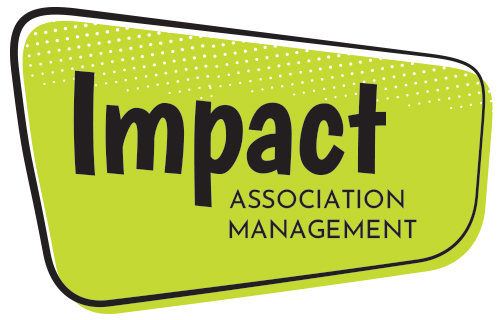Conference calls can be a great way for the Board of Directors to meet without coming to one central location. The convenience of them saves time and energy that in-person meetings might exhaust. Conference calls, however, can still often get derailed and take longer than necessary. Below are a list of ways to make your next conference call more efficient.
1. Test the program. It is important to test the software before beginning a call. Make sure all participants are provided the dial in codes and ensure everything is running properly before the call. This step of preparation will keep the calling running smoothly and will avoid the risk of wasting the time of other participants if difficulties arise.
2. Prepare an agenda. This is another step that can and should be taken before beginning the call. Write out an agenda that outlines the necessary talking points. You should also include a list of attendees that will be on the call. This eliminates the guessing game of trying to piece together who is talking. Things might not go exactly as planned but at least you can double check that everything that needed to be covered is covered.
3. Be on time. The time is set based on the participants availability. Because of this, you should be free to join the call and the start time. If you are late, you could be running into the time that other people are not available. It can also cause a disturbance at the beginning of the call. The participants may not know how long to wait for you before getting started and an interruption of you joining the call and needing to be caught up can slow things down. Be ready to go right at the start time and encourage others to do the same!
4. Find a quiet place. There is nothing worse than hearing a tv blasting, a dog barking, or a kid crying on the other end of a conference call. Find the quietest place in office or home and block out all noises for the length of the call.
5. Know when to mute and when not to mute. Speaking of quiet, do not forget the mute feature on your phone. Once you have introduced yourself, put your phone on mute to eliminate background noise. Be sure to keep up with whether you are muted or not. When asked a question, be ready to un-mute yourself and answer in a timely manner.
6. Focus. It is easy to find yourself zoning out or working on other tasks while on the call, however, the call should be your number one priority. The call is in place for a reason and should be as important as an in person meeting. Providing your full attention is respectful and will keep you better informed.
Following these simple steps should keep things on time and well-organized.





